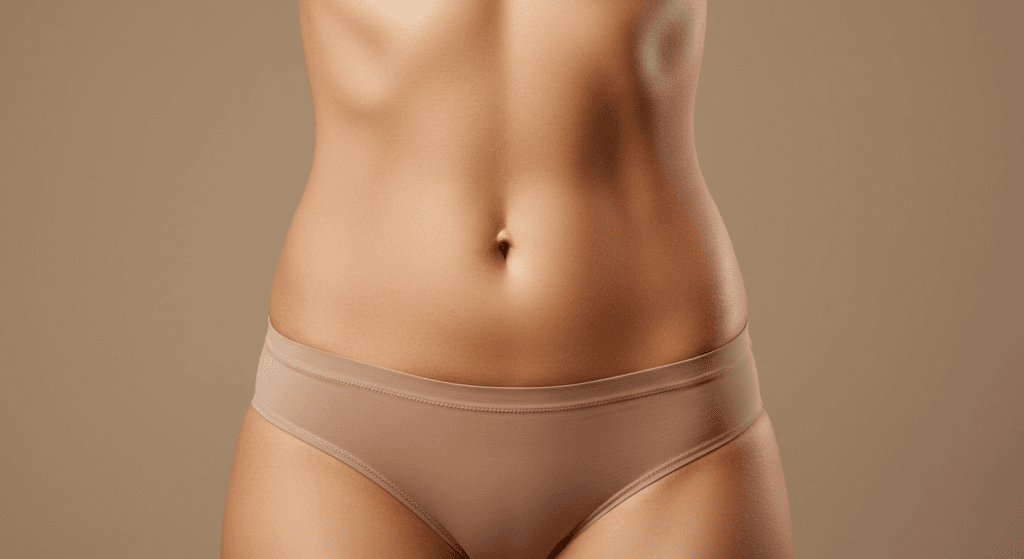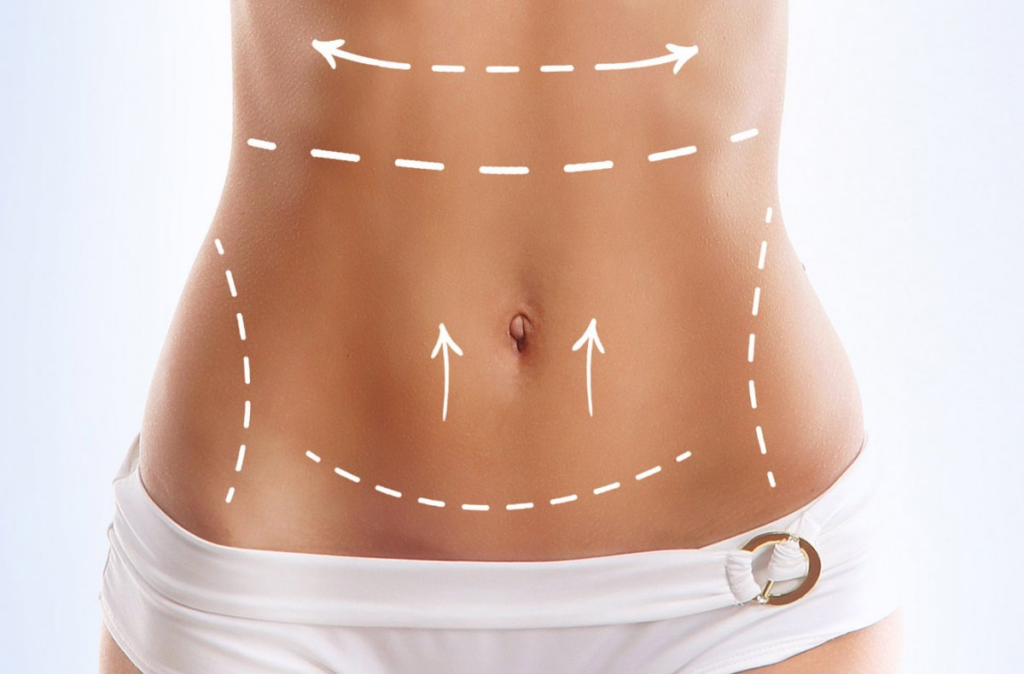A tummy tuck, or abdominoplasty, provides significant aesthetic and functional improvements to the abdomen. However, understanding the long-term results, beyond the immediate post-operative period, is crucial for patient expectations management. This article outlines the typical appearance and potential changes observed ten years post-abdominoplasty.
Table of Contents
Long-Term Scarring & Appearance
The appearance of scars following a tummy tuck is highly individual and depends on several factors including skin type, healing response, and surgical technique. Ten years post-operation, the scars will typically be significantly faded and softened. They will likely be less noticeable, appearing as thin, pale lines. However, complete scar invisibility is rarely achieved. The location of the scar, typically low across the lower abdomen, minimizes visibility, especially with appropriate swimwear or undergarments. Hypertrophic or keloid scarring, while less common with modern surgical techniques, remains a possibility and may require further intervention.
The initial redness and firmness associated with new scars will have subsided considerably. The texture of the scar tissue will generally become smoother and more pliable over time. However, some degree of firmness or textural difference compared to surrounding skin may persist. Sun exposure significantly impacts scar appearance; diligent sun protection with high SPF sunscreen is crucial for minimizing discoloration and preventing hyperpigmentation. The use of silicone gel sheeting or other scar management products during the initial healing phase can contribute to improved long-term scar quality.
Individual variations in skin elasticity and healing capacity influence the final scar outcome. Patients with inherently poor skin elasticity may experience wider or more visible scars compared to those with greater elasticity. Surgical technique plays a crucial role; meticulous closure and layering of tissues minimize scar width and improve cosmetic results. Post-operative care, including adherence to the surgeon’s instructions regarding wound care and activity restrictions, also affects the final scar appearance.
The overall aesthetic outcome of the scar is influenced by the patient’s body habitus and weight fluctuations. Significant weight gain after surgery can stretch the skin and potentially widen the scar, impacting its appearance. Maintaining a stable weight is essential for preserving the long-term results of the procedure and minimizing scar visibility. Regular follow-up appointments with the surgeon allow for monitoring and address any concerns regarding scar appearance or potential complications.

Tissue Changes & Skin Quality
Ten years after a tummy tuck, the skin quality in the treated area will likely reflect the patient’s overall aging process and lifestyle factors. While the abdominoplasty itself does not directly accelerate skin aging, the underlying tissues will continue to age naturally. This includes a gradual loss of collagen and elastin, leading to reduced skin firmness and elasticity. This can manifest as subtle changes in skin texture and tone, although the improvement in abdominal contour from the initial surgery will usually remain partially visible.
Sun exposure is a major contributor to skin aging, leading to wrinkles, age spots, and loss of elasticity. Patients who diligently protect their skin from the sun using high SPF sunscreen will generally experience less pronounced aging changes compared to those with inadequate sun protection. The use of retinoids, antioxidants, and other skincare products can help to maintain skin health and slow down the aging process. These topical treatments can be particularly beneficial in the treated area to support skin quality.
The degree of skin laxity after ten years will depend on several factors, including the patient’s age at the time of surgery, their genetic predisposition to skin aging, and their overall health. Patients who were older at the time of surgery or who have a family history of premature skin aging may experience more noticeable changes in skin quality compared to younger patients with good skin elasticity. Maintaining a healthy lifestyle, including a balanced diet and regular exercise, can help to support skin health and slow down the aging process.
It’s important to note that the original improvement in skin laxity achieved through the tummy tuck is not permanent. However, the procedure provides a significant improvement in abdominal contour that persists for many years, even as the skin naturally ages. This means that while some degree of skin laxity may return, the overall improvement in abdominal appearance will likely remain noticeable.

Abdominal Wall Integrity Assessment
Ten years post-abdominoplasty, the integrity of the abdominal wall depends largely on the initial surgical technique, the patient’s postoperative behavior, and any subsequent weight fluctuations. The strengthening of the abdominal muscles achieved during the procedure generally remains stable over time, although some degree of muscle relaxation can occur with aging. This is a natural process and not necessarily related to the surgery itself. Maintaining a healthy lifestyle with regular exercise helps to maintain muscle tone and support abdominal wall integrity.
Significant weight gain after surgery can strain the abdominal wall and potentially lead to a recurrence of abdominal laxity or diastasis recti (separation of the abdominal muscles). Weight management is therefore crucial for maintaining long-term results. Patients who gain a substantial amount of weight may notice a return of some abdominal protrusion, although the improvement achieved through the tummy tuck will generally still be partially visible.
The risk of hernia formation after a tummy tuck is generally low, but it’s not entirely eliminated. A hernia is a protrusion of tissue through a weakened area in the abdominal wall. Post-operative complications, such as infection or excessive tension on the sutures, can increase the risk of hernia formation. Regular follow-up appointments with the surgeon allow for monitoring and early detection of any potential complications, including hernias.
The overall strength and integrity of the abdominal wall ten years after a tummy tuck are usually satisfactory for most patients. However, individual outcomes vary, and factors such as age, weight changes, and adherence to post-operative instructions play a significant role in determining the long-term results. Regular exercise and a healthy lifestyle contribute significantly to maintaining abdominal wall integrity.

Potential for Recurrence & Revision
The potential for recurrence of abdominal laxity after a tummy tuck depends on several factors, most notably significant weight fluctuations. A substantial weight gain after the procedure can stretch the skin and underlying tissues, leading to a recurrence of abdominal protrusion. Maintaining a stable weight is therefore crucial for preserving the long-term results of the surgery. Even with weight gain, the improvement achieved through the tummy tuck will usually still be partially visible.
While the initial results of a tummy tuck are often long-lasting, the aging process and changes in body composition can gradually lead to a decrease in the initial improvements. This is a natural process and not necessarily a sign of surgical failure. The degree of recurrence varies significantly among individuals, depending on factors such as genetics, lifestyle, and age at the time of surgery.
Revisional abdominoplasty may be considered in cases of significant recurrence of abdominal laxity or other complications. This involves a second tummy tuck procedure to address the issues that have developed over time. The decision to undergo revisional surgery is based on individual patient needs and preferences, taking into account the potential risks and benefits of the procedure.
The likelihood of needing a revisional procedure is reduced by maintaining a stable weight, following the surgeon’s post-operative instructions, and adopting a healthy lifestyle. Regular follow-up appointments with the surgeon allow for monitoring and early identification of any potential issues that may require further intervention. Open communication between the patient and surgeon is essential for managing expectations and making informed decisions about future care.
While a tummy tuck provides significant and long-lasting improvements to the abdomen, understanding the potential long-term changes is essential for realistic expectations. Maintaining a healthy lifestyle, including weight management and sun protection, plays a crucial role in maximizing the longevity of the results. Regular follow-up with the surgeon allows for monitoring and addressing any concerns that may arise over time.
Transform Your Confidence with Surgyteam!
Join the thousands of satisfied patients who have experienced the exceptional care and expertise of Surgyteam’s renowned plastic surgeons. Whether you’re seeking aesthetic enhancements or reconstructive surgery, our dedicated team in Antalya is here to provide you with the highest quality treatment and personalized care.



